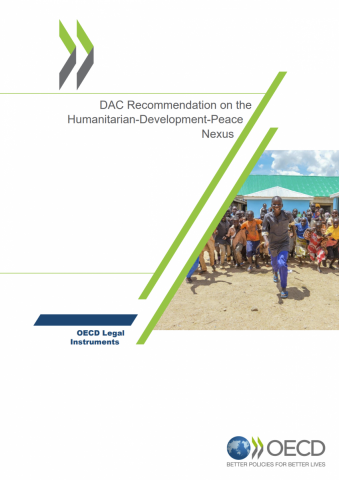Knowledge Platform
DAC Recommendation on the OECD Legal Instruments Humanitarian-Development-Peace Nexus
The Development Assistance Committee (DAC) Recommendation on the Humanitarian-Development-Peace Nexus was adopted by the DAC at its Senior Level Meeting on 22 February 2019. At the centre of strengthening the coherence between humanitarian, development and peace efforts, is the aim of effectively reducing people’s needs, risks and vulnerabilities, supporting prevention efforts and thus, shifting from delivering humanitarian assistance to ending need. This will be critical in reducing the humanitarian caseload, and ensuring that we meet our collective pledge of “leaving no-one behind”. This requires the engagement of a diverse range of actors, based on their respective comparative advantage, a shared understanding of risk and vulnerability and an approach that prioritises ‘prevention always, development wherever possible, humanitarian action when necessary’. This approach should also be supported by the right kind of financing, drawing from diverse funding sources to ensure that the right resources are in the right place at the right time.
